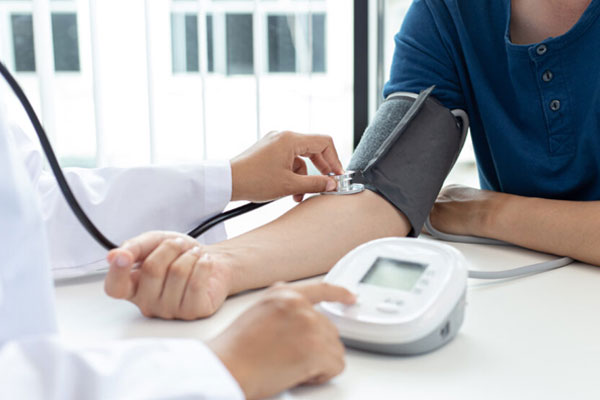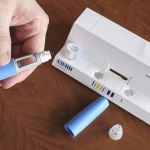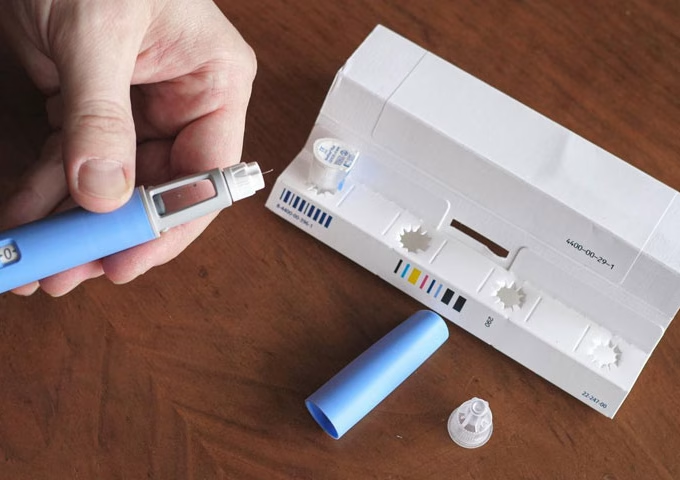In industries where safety isn’t just a priority but a necessity, ensuring the fitness and well-being of employees is paramount. Enter safety critical worker medicals – a cornerstone in evaluating individuals’ physical and mental readiness to handle their roles safely. In this detailed exploration, we’ll delve into the common tests and evaluations integral to safety critical medicals, shedding light on their significance and what they entail.
Understanding the Importance
Before we jump into the specifics, let’s grasp why safety critical worker medicals are indispensable. Whether it’s construction, aviation, healthcare, or any field where lives hang in the balance, ensuring employees are medically fit for their duties is non-negotiable. These assessments not only safeguard the workers themselves but also uphold industry standards and protect the public.
What’s Involved?
Safety critical worker medicals encompass a variety of tests and evaluations tailored to job demands. While requirements may vary by industry and regulations, several key components are common:
- Physical Examination: A thorough once-over is typically where it begins. This involves assessing vital signs, mobility, strength, and overall physical health to ensure employees can meet job demands without endangering themselves or others.
- Vision and Hearing Checks: Clear sight and keen hearing are essential in many safety critical roles, whether it’s operating heavy machinery or responding to emergency situations. Vision and hearing tests help flag any impairments that could compromise job safety.
- Drug and Alcohol Screening: Substance misuse can impair judgment and reaction times, posing significant risks in safety critical environments. Screening helps identify any issues that could compromise workplace safety.
- Psychological Evaluation: Mental well-being is just as crucial. Psychological assessments gauge stress tolerance, decision-making skills, and emotional stability to ensure employees can handle job pressures effectively.
- Fitness for Duty Assessment: This holistic evaluation considers both physical and mental health factors to determine if an individual is fit for specific job duties. It weighs job requirements, potential risks, and relevant medical history or conditions.
The Role of Occupational Health Professionals

Conducting safety critical worker medicals demands expertise in occupational health. Professionals like physicians, nurses, and allied health experts are instrumental in administering and interpreting these assessments. Their specialized knowledge helps identify health risks, provide recommendations, and ensure compliance with regulations.
Challenges and Considerations
While safety-critical worker medicals are crucial, they come with challenges:
- Confidentiality: Protecting medical information is paramount. Employers must ensure records remain confidential and accessible only to authorized personnel.
- Compliance: Staying abreast of evolving regulations can be tough. Employers must stay informed to ensure their programs meet standards.
- Accessibility: Providing access to medicals can be tricky for remote or shift-based workers. Employers may need innovative solutions like mobile units or telehealth services.
- Cost: Implementing these programs isn’t cheap, but the investment in employee safety pays dividends in preventing incidents.
Preparing for a Safety Critical Worker Medical

Before heading into a safety critical worker medical, it’s helpful for employees to have an idea of what to expect. Here are some tips to prepare for the assessment:
Understanding the Process: Familiarize yourself with the steps involved in the medical assessment. Knowing what tests you’ll undergo and what information will be collected can help alleviate any anxiety.
Gathering Documentation: Make sure to gather any relevant documentation or medical history that may be required for the assessment. This could include previous medical records, medications you’re currently taking, or any recent surgeries or treatments.
Maintaining Health and Fitness: Leading up to the assessment, focus on maintaining your overall health and fitness. Get plenty of rest, eat nutritious meals, and engage in regular exercise. Avoid excessive alcohol consumption or substance use, as this can impact the results of the assessment.
The Evolution of Safety Critical Worker Medicals
Safety critical worker medicals have undergone significant evolution over the years. Here’s a brief overview of how these assessments have developed:
Historical Context: Safety critical worker medicals have roots dating back to early industrialization when workplace safety became a growing concern. Basic medical assessments were conducted to ensure workers were fit for their roles, although standards varied widely.
Advancements in Medical Technology: With advancements in medical technology and understanding of occupational health, safety critical worker medicals have become more sophisticated and targeted. Modern assessments utilize a range of tests and evaluations to assess both physical and mental fitness for specific roles.
Regulatory Changes: Changes in regulations and industry standards have also influenced the evolution of safety critical worker medicals. As industries have become more regulated, there’s been a greater emphasis on standardized medical assessments to ensure consistency and reliability across different sectors.
Future Trends: Looking ahead, the future of safety critical worker medicals is likely to be shaped by advances in technology, such as wearable health monitors and telemedicine. There may also be increased integration with other aspects of workplace health and safety, such as wellness programs and mental health support.
Industry-Specific Considerations:
Safety critical worker medicals vary significantly across different industries, with each sector having its own unique challenges and requirements. Here are some considerations for specific industries:
Construction
In the construction industry, safety critical worker medicals may focus on assessing physical fitness for tasks such as heavy lifting, working at heights, and operating machinery. Evaluations may also include screenings for conditions like musculoskeletal disorders and respiratory health due to exposure to hazardous materials.
Transportation
In transportation industries such as aviation and maritime, safety critical worker medicals are essential for ensuring pilots, ship captains, and other crew members are medically fit to operate vehicles safely. Assessments may include evaluations of vision, hearing, cardiovascular health, and psychological fitness.
Healthcare
In healthcare settings, safety critical worker medicals are crucial for healthcare professionals who perform high-risk procedures or work in demanding environments such as emergency departments or intensive care units. Evaluations may focus on assessing physical and mental fitness for performing clinical duties safely.
In Conclusion
Safety critical worker medicals are integral to maintaining workplace safety in high-risk industries. By evaluating employees’ physical and mental health, employers can identify risks, protect workers, and uphold standards. While challenges exist, with the right expertise and commitment to safety, organizations can ensure their workforce remains fit for duty and capable of performing safely.













